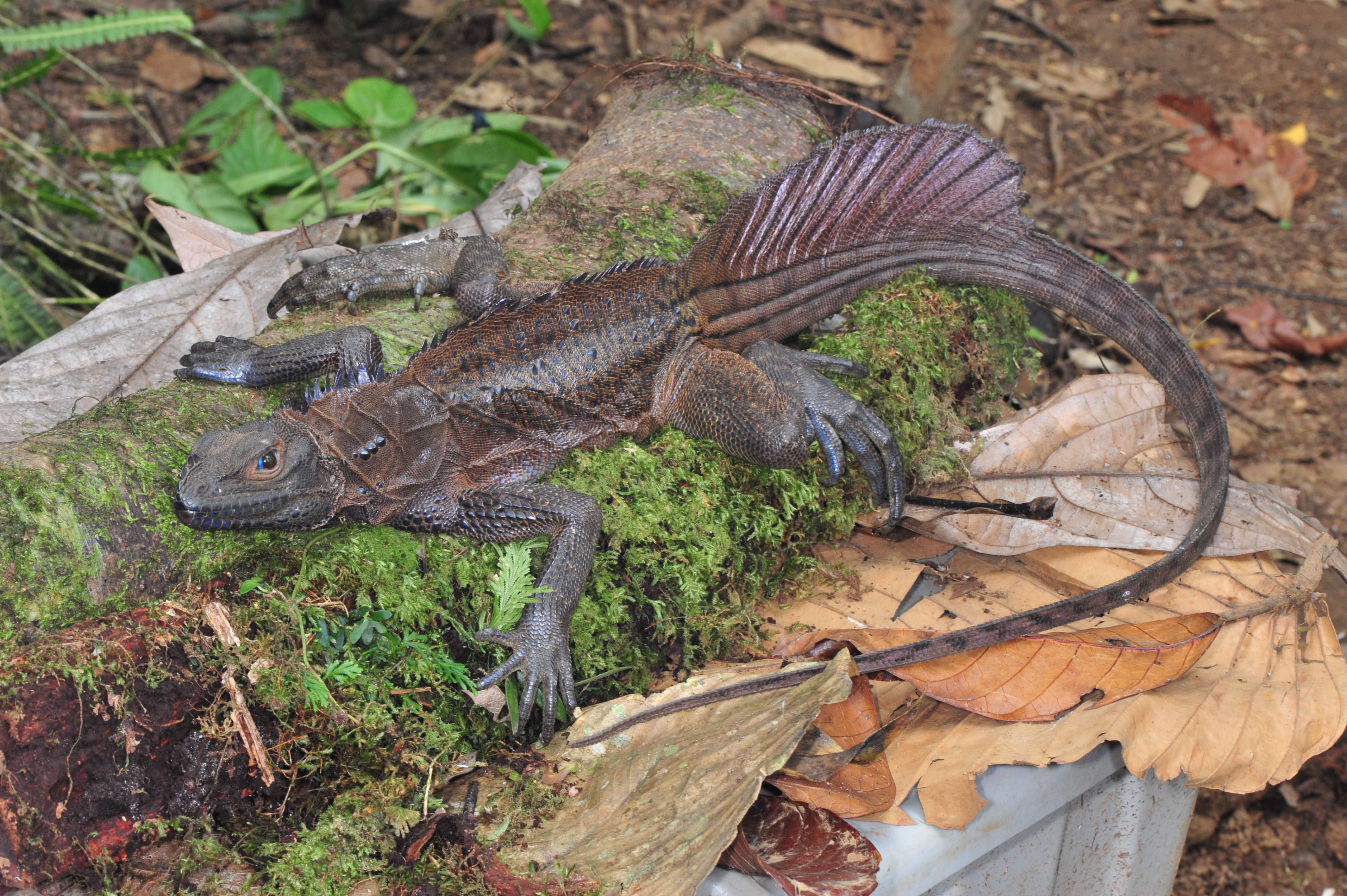Sailfin Lizard Conservation Genetics

Habitat destruction is a problem for all species, but it is especially detrimental to conservation efforts of large vertebrates with highly specialized habitats. Large-bodied sailfin lizards, which require lowland, costal and mangrove forests, have seen their suitable habitats shrink, leaving them with little area to live. In the past 75 years, degradation of the coastal forests and mangroves has lead to a loss of over 75% of the original forests. These lizards (genus Hydrosaurus) occur in high densities when the habitat is suitable, but are nonexistent in other areas. The destruction of these forests, along with exploitation of these lizards in the international pet trade, has led to the increased need for stronger conservation efforts. This study examined genetic data to clarify and expand on existing phylogenetic trees, determined the distribution of suitable habitats that falls within protected areas, and evaluated the illegal pet trade to determine at risk populations.
The results of the genetic studies clarify existing phylogenetic trees and suggest four probable species in need of conservation efforts. In general, there is very little diversity in this species-poor genus. There is only 5.7% sequence divergence throughout the whole genus. Only one of these species (H. pustulatus) is distributed throughout the Philippines. Data including little genetic divergence within this species and clade progression patterns suggest that it recently colonized the archipelago. The lack of diversity within this genus increases the importance of conservation efforts.
There are several factors detrimental to conservation efforts of this genus. One major issue is the illegal pet trade. Genetic data showed that every lizard sampled for this study involved in this illegal trade was from a single region in the Bicol Peninsula of Luzon Island. Coupled with the high density of human populations on this peninsula, the illegal collection and trade of these lizards is a major problem. One way to improve the conservation efforts is to expand the protected areas of the Philippian archipelago. Currently, only 5.7% of the suitable habitat for this Philippine species is considered protected area. Furthermore, only 0.8% of the coastal habitat within the Bicol Peninsula falls in the protected area. These numbers are probably even smaller now due to habitat destruction. There are most likely poaching problems within these protected areas as well. Increased expansion of these protected areas offers the greatest impact to the conservation efforts of sailfin lizards. Continuing to study the phylogenetic histories and habitat requirements of large-bodied sailfin lizards is necessary to protect this genus.
–Matthew DeRuyter
Siler, C.D., A. Lira, and R.M. Brown. 2014. Conservation genetics of Australasian sailfin lizards: Flagship species threatened by coastal development and insufficient protected area coverage. Biological Conservation 169: 100–108. pdf

